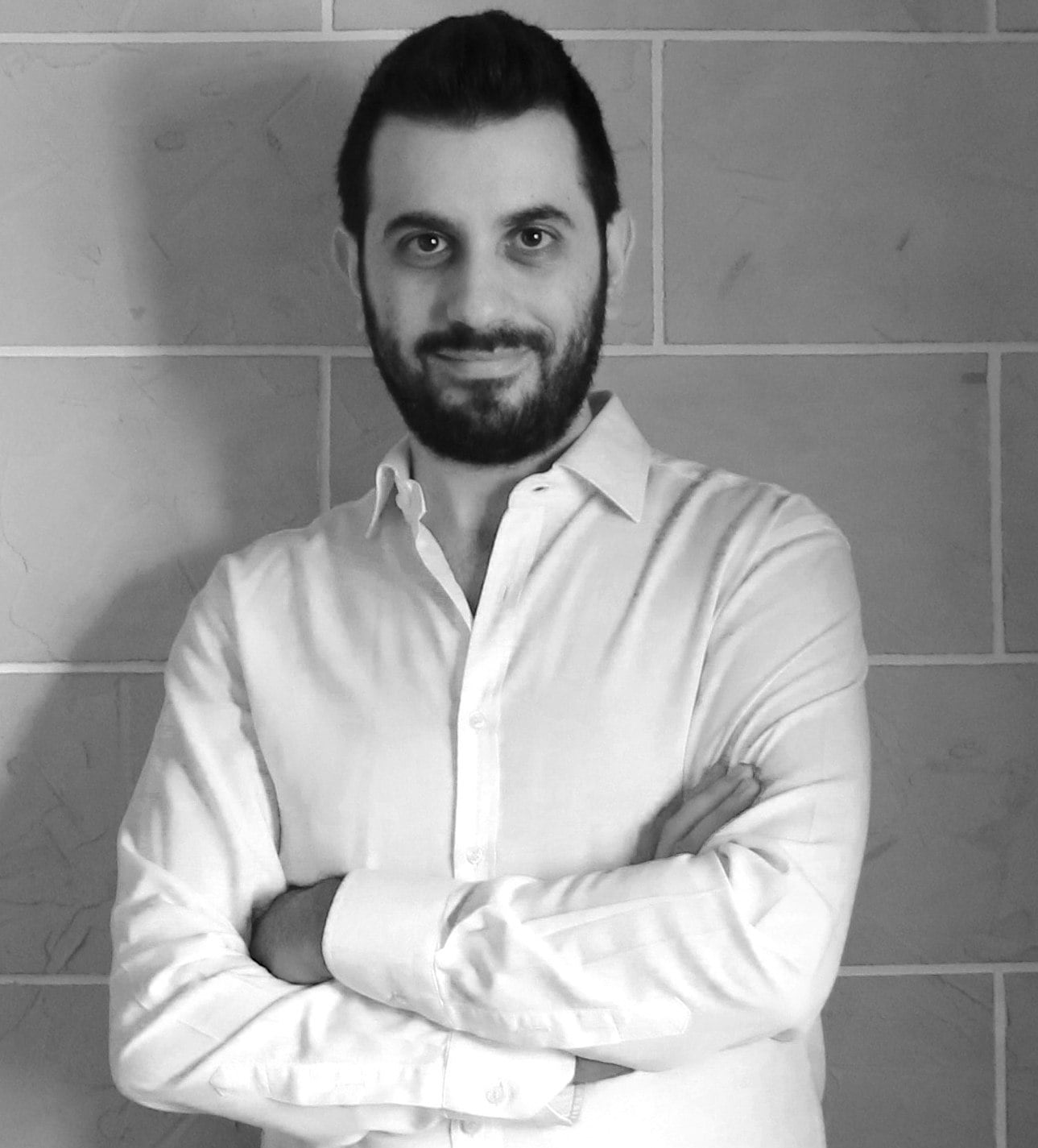
Despite its young age, generative AI is already reshaping creative work.
In a recent podcast, former Google executive Mo Gawdat said: “Our way of life is not going to be the same again”, a quote that deeply resonates with me. Indeed, in the creative industry, our approach to creativity is undergoing a profound transformation today.
Two crucial factors contribute to this shift: accessibility and the rapid improvement of generative AI models.
Generative AI has transitioned from the realm of experts to the hands of everyone, leading to a surge of accessible, ever-improving AI-powered solutions.
One only needs to explore AI on social media to grasp the magnitude of this revolution. A plethora of new tools with unimaginable potential emerges on a daily basis. Personally, I have immersed myself in this fascinating landscape for quite some time now.
Generative AI is not only revolutionising creative work, but it is also reshaping the process, execution, production, and even the essence of creative thinking, as well as internal agency processes. These transformative solutions continue to evolve rapidly and can be accessed through various tools and integrated through API.
The possibilities are endless. We can now produce thousands of personalised videos from a single shoot, record voices just once, enhance the speed and quality of editing images, scripts, storyboards, and references. We can even create 3D models using our phone cameras and employ drag-and-drop features for CGI.
Furthermore, AI empowers us to swiftly read and analyse large data sets, aiding in strategies, research, competitive analysis, and efficient survey creation, among countless other applications. The potential truly knows no bounds.
However, having access to these tools alone does not unlock their true potential. Unleashing the ultimate power of Generative AI requires two key actions:
Firstly, we must find the right mix of tools tailored to our specific creative deliverables and identify models that align with our unique processes.
Secondly, we must place this technology in the hands of the right individuals. Amidst rising concerns over the displacement of human creativity, one fact remains undeniable: Generative AI cannot replace human expertise; it rather amplifies creative potential.
I have personally witnessed creatives harness generative AI tools in my own surroundings and practical experiences.
When deploying Gen1 by Runway and generating images with MidJourney, the creative talents I have worked with always had unique prompts to produce exceptional output using their expertise. And when it comes to generating scripts using ChatGPT or Google Bard, the expertise of a copywriter always shines through.
Generative AI therefore acts as an empowering sidekick, propelling human talent into uncharted territories of creativity, efficiency, and effectiveness.
As with any extraordinary power, Generative AI brings its own challenges and important ethical considerations:
- Copyrighting issues continue to limit the commercial use of popular generative AI tools.
- The creation of deepfakes and the spread of false information pose significant concerns that need to be addressed.
- Achieving optimal performance requires substantial computational power.
- As the rapid evolution of AI unfolds, concerns about its impact on jobs and humanity as a whole are being raised by influential figures in the field.
I can’t help but conclude with Mo Gawdat’s quote: “Our way of life is not going to be the same again.” It is our collective responsibility to harness the positive power of generative AI for a brighter future.
Let us embrace this remarkable technology, acknowledging its potential and using it as a force for good.
By Rony Skaf, Executive Digital Director at TBWA\RAAD









